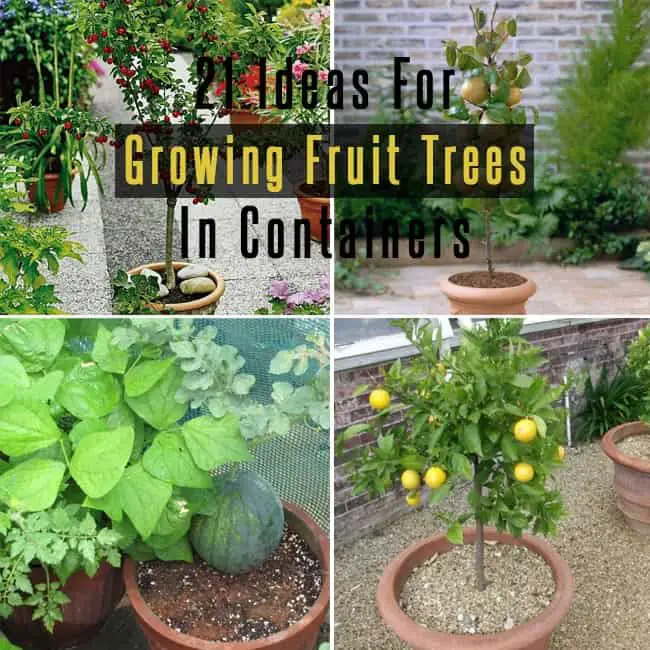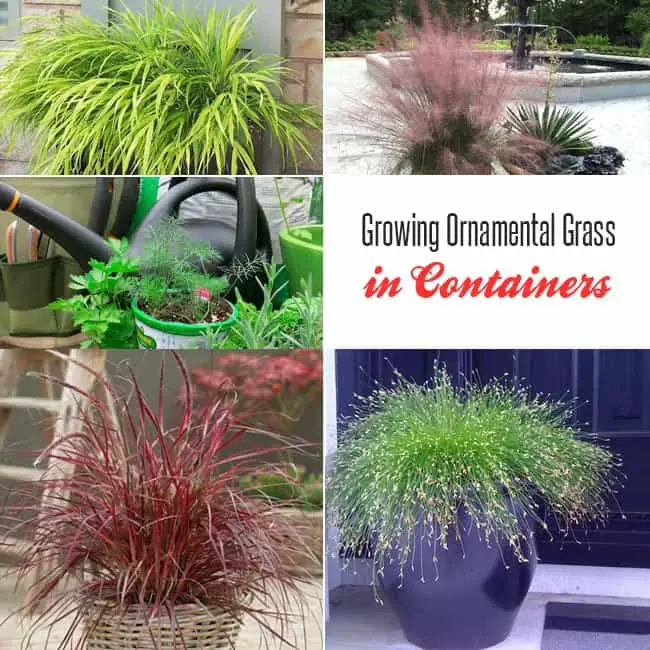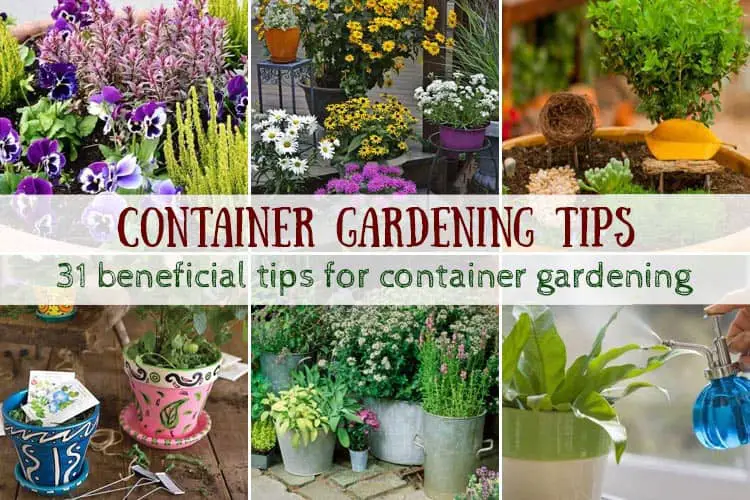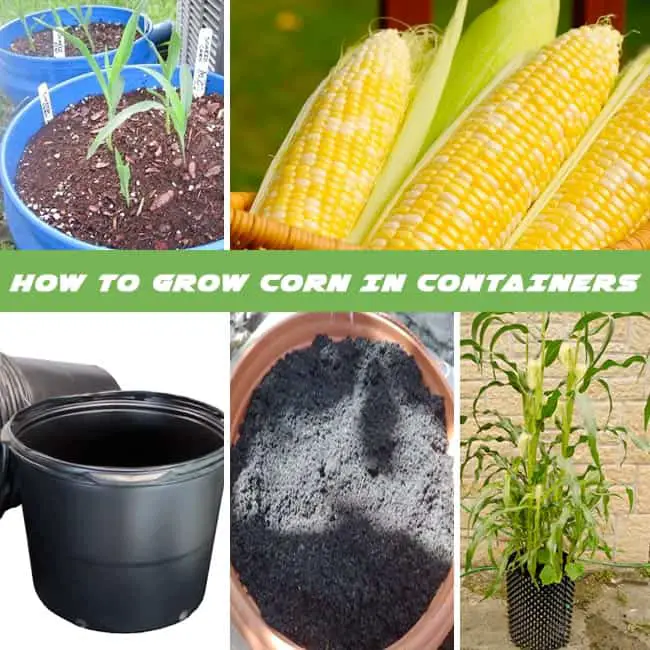9 Tips for Growing Petunias in Containers and How to Care for Petunias
Growing petunias in containers is a delight with these tips. First, pick a sturdy, well-draining pot with holes to prevent waterlogging. Choose a spot with good soil and plenty of sunlight for about 6-8 hours daily.
Keep your petunias healthy by watering them properly – avoid overwatering! Feed them balanced fertilizer to ensure healthy growth. Lastly, watch out for pests and diseases.
Sprucing up your petunias in containers? Follow these tips and see them bloom beautifully!
Key Points
- Choose a container with good drainage for healthy roots.
- Place petunias where they get 6-8 hours of sunlight.
- Water deeply at the base to avoid root rot.
- Use a balanced fertilizer to feed petunias.
- Select a well-draining potting mix for optimal growth.
Can I Use Petunias in Containers for a Pink Theme Garden?
Yes, you can use petunias in containers for a pink theme garden. Petunias come in various shades of pink and are perfect for adding a pop of color to your garden. These pink garden flower ideas can create a vibrant and beautiful display in your outdoor space.
Choosing the Right Container
When choosing a container for growing petunias, opt for a sturdy, well-draining pot to ensure the plant’s health and growth. Container drainage is essential to prevent waterlogging, which can lead to root rot and other issues. Select a pot with drainage holes at the bottom to allow excess water to escape.
Also, consider the container size. Petunias require space for their roots to spread out and access nutrients. A pot that’s at least 12 inches in diameter will provide ample room for the petunias to thrive.
Selecting the Ideal Location
After selecting the right container for growing petunias, the next step is finding the ideal location for placing the pots. It’s important to choose a spot with well-draining soil to avoid waterlogging, which can harm the plants.
Make sure the container has enough drainage holes to allow excess water to escape, promoting healthy root growth. I suggest using a high-quality potting mix designed for container plants to create the perfect soil conditions for your petunias. Good soil will help the plants thrive and bloom beautifully.
Providing Adequate Sunlight
To ensure optimal growth of my petunias in containers, I need to provide them with adequate sunlight. Here are some tips to help me achieve this:
- Sunlight Exposure: I should place my containers in an area that receives at least 6-8 hours of sunlight daily.
- Container Size: I need to choose containers that are large enough to accommodate the root system of my petunias while allowing for proper sunlight exposure.
- Sunlight Duration: I must ensure that my petunias receive consistent sunlight throughout the day to promote healthy growth.
Watering Petunias Properly
Watering petunias correctly is key for their health. It’s essential to get the watering frequency right, ensure water reaches the soil directly, and avoid overwatering.
These tips will help me keep my petunias thriving and blooming beautifully in their container garden.
Proper Watering Frequency
I’ll share some tips to help petunias in containers thrive:
- Monitor Soil Moisture: Check the soil by inserting a finger about an inch deep. Water when the top layer feels dry.
- Ensure Proper Container Drainage: Containers need drainage holes to prevent root rot from waterlogging.
- Promote Root Health: Water petunias at the base for deep root growth and to prevent moisture issues.
Watering at Soil Level
Watering petunias in containers at soil level is essential for their health and vitality. Directing water towards the base of the plant ensures roots get adequate hydration without being waterlogged. This promotes healthy growth and blooming.
Good container drainage is key to prevent waterlogging and root rot. Adequate drainage holes help remove excess water, maintaining proper soil moisture levels.
Avoid Overwatering Mistakes
To maintain optimal soil moisture levels for petunias in containers, I need to monitor the frequency and amount of water they receive.
- Check Soil Drainage: Ensure the containers have drainage holes to prevent waterlogging and root rot.
- Establish a Watering Schedule: Set a consistent schedule based on the plant’s needs, allowing the soil to dry slightly between waterings.
- Monitor Moisture Levels: Use my finger to check the soil’s moisture level before watering; if it feels dry about an inch below the surface, it’s time to water.
Fertilizing for Healthy Growth
I always feed my petunias with a balanced fertilizer to promote healthy growth. Petunias need essential soil nutrients to thrive, and organic fertilizers can provide them with the necessary vitamins and minerals.
When choosing a fertilizer for your petunias, opt for options that contain a balanced ratio of nitrogen, phosphorus, and potassium to support their overall health. I prefer organic fertilizers because they release nutrients slowly, preventing the risk of over-fertilizing, which can harm the delicate roots of petunias.
Preventing Pests and Diseases
In my experience, a key aspect of maintaining the health of petunias in containers involves proactive measures to prevent pests and diseases. To ensure the well-being of your petunias, consider the following:
- Implement Pest Management: Regularly inspect your plants for any signs of pests such as aphids or caterpillars. Introduce natural predators like ladybugs or use organic pest control methods to keep infestations at bay.
- Focus on Disease Control: Monitor your petunias for any signs of diseases like powdery mildew or fungal infections. Ensure good air circulation around the plants and avoid overhead watering to prevent the spread of diseases.
- Prioritize Soil Health and Root Protection: Use well-draining soil to prevent waterlogging, which can lead to root rot. Consider adding organic matter to improve soil quality and promote healthy root development.





Kathleen, thank you for the insights on petunias. I’m curious about the best type of fertilizer you recommend. Is there a specific NPK ratio that tends to work best for promoting bloom?
good to know about the sunlight needs, never thought it matters so much. cheers for the info
How often should I be checking for pests?
I’m not sure if I agree with the part about watering at soil level. Isn’t there a risk of under-watering if we aren’t seeing water reach the surface? I’ve always found my petunias thrive when I water more generously.
Actually, PestoBlanket, watering at soil level reduces the risk of fungal diseases and targets the water directly to the roots. It’s quite effective for petunias.
thanks greg, makes sense!
if my petunias could talk, they’d probably beg for less sun, lol. they ain’t loving the texas heat down here!
Avoid overwatering? Guess I’m safe then cause I can barely remember to water them once a week.
This is the comprehensive guide I’ve been searching for! Your section on preventing pests and diseases is particularly insightful. Would love to see more about organic pest control methods in future articles, Kathleen!